A Deep Dive into Audio Jack Switches and Configurations
2019-05-07
The audio jack is an industry-standard connector that has many potential uses in addition to providing basic audio connectivity. Understanding the wide variety of configurations available, including conductor count and switch options, enables designers to make the most of this familiar, compact, and reliable interconnect solution.
The 2.5 mm or 3.5 mm audio jack is a familiar sight in smartphones, media players, hi-fi equipment, and many other devices. For imaginative designers it can be more than simply a convenient connection for an external speaker or a set of headphones, and can be used to connect a variety of accessories that may control other features of the device; a smartphone selfie stick featuring a camera-shutter release button is one example. Understanding how to take full advantage of this simple, yet versatile port begins with a closer look at the internal signal connections and switching mechanisms.
Audio jacks are available as simple switchless connectors or may contain one or more switches that are actuated by inserting the plug. A switched connector is needed for purposes such as disconnecting internal speakers when headphones are inserted, to detect the insertion of an accessory, or if using an audio mixing board. If a switchless connector is used, accessory detection can be implemented with a dedicated audio-jack switch IC. Although adding to bill of materials and development costs, these ICs can provide additional features such as switch debounce and button-press detection.
The datasheet for a given audio jack describes the combinations of conductors and switches available and how to specify them. The Same Sky SJ2-2531X-SMT audio jack is one example of a low-profile surface-mount connector that is available with either two or three conductors and can be ordered in switchless, one-switch, or two-switch configurations.
Basic audio jack connections
Figure 1 illustrates a basic switchless jack with three conductors. Imagine the plug being inserted from left to right so that the tip, ring, and sleeve are aligned with the corresponding contacts in the jack when the plug is fully inserted.
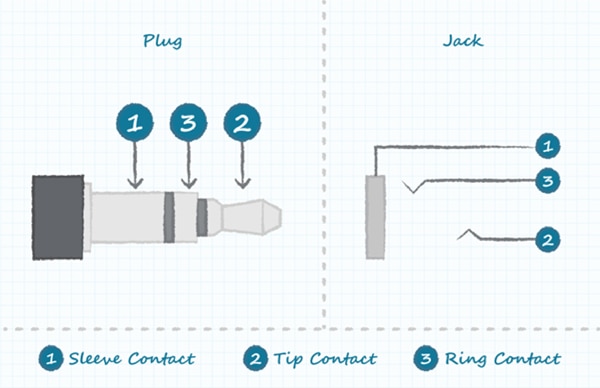
Figure 1: Basic switchless three-conductor audio jack. (Image source: Same Sky.)
Figure 2 shows how a switch is added to the terminal 2 position, to be activated by the plug tip. The datasheet refers to this as a tip switch. A similar switch can also be arranged at the ring terminal. Later, we will see how multi-ring jacks can support complex arrays of switches.
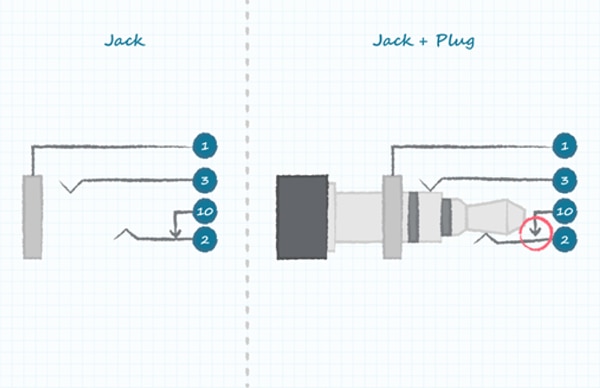
Figure 2: Three-conductor audio jack with tip switch. (Image source: Same Sky
Referring to Figure 2, when no plug is inserted, terminal 2 and terminal 10 are in contact so the switch is classified as normally closed. When the plug is fully inserted and the tip engages with terminal 2, the spring connector is pushed back and the circuit between terminals 10 and 2 is opened.
More complex configurations
Figure 3 shows how extra conductors and switches can be arranged. Clearly, the number and positions of ring conductors on the plug must match the contacts in the socket to actuate the switches according to the expected sequence.
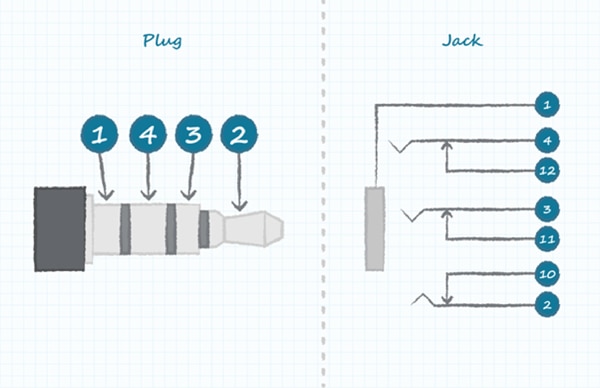
Figure 3: Four-conductor plug and socket with one tip and two ring switches. (Image source: Same Sky)
So far, the switches described have been simple normally-closed types. However, other configurations are available such as normally open, Single Pole Double Throw (SPDT), and Double Pole Double Throw (DPDT) (Figure 4). These switches can be isolated from the audio signals, enabling them to be used to control various other circuits.
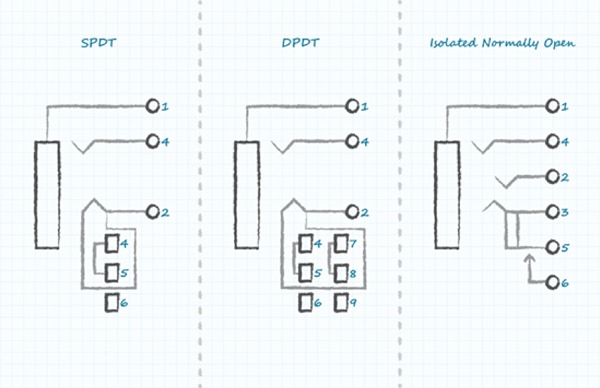
Figure 4: Alternative switch configurations. (Image source: Same Sky)
Some practical examples
The connector configurations offered give designers many choices to fulfill a wide variety of signal-switching, insertion-detection, and system-control functions. Major examples include switching audio between speakers and headphones, as shown in Figure 5, as well as plug insertion and controlling other portions of the circuit that are independent of the audio signals.
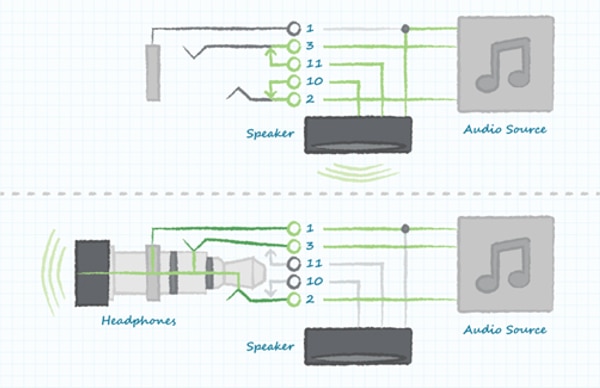
Figure 5: Switching audio between speakers and headphones. (Image source: Same Sky)
In the first diagram of Figure 5, audio is played back through the built-in speaker when no headphone plug is inserted. The connector contains tip and ring switches that open when the plug is inserted, as shown in the second diagram. This disconnects the audio source from the speaker, while at the same time connecting the headphones into the circuit.
Figure 6 shows how a normally closed tip switch is used to detect plug insertion and illuminate a warning indicator.
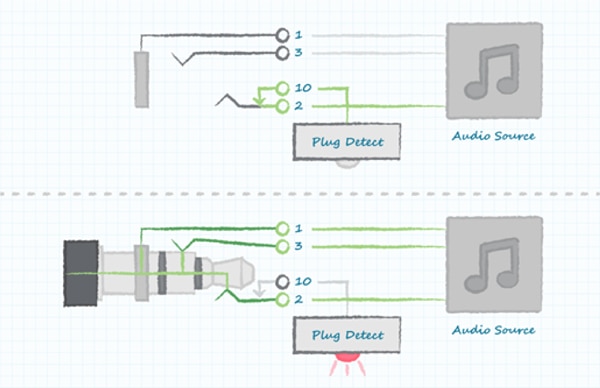
Figure 6: Using a tip switch to detect plug insertion. (Image source: Same Sky)
The connector shown in Figure 7 contains an SPDT switch that is used to switch the device between two operating modes by inserting or removing the plug. The connector contains ordinary tip and ring contacts, although terminals 4-6 are isolated from the audio signals on terminals 1-3. When no plug is inserted, terminals 4 and 5 are connected. Inserting the plug opens terminals 4 and 5, and instead connects terminals 5 and 6. This changeover can be used to switch the main system from one operating mode to another.

Figure 7: Using the audio jack to switch between device operating modes. (Image source: Same Sky)
Conclusion
Offering small size and great versatility, the industry-standard audio jack is practical, reliable, and easy for designers and equipment users to understand. With only a little knowledge of the various features available, designers can take advantage of the jack to support extra features in new products that would otherwise require further discrete switches or accessory ports to be added. In this way, clever use of the audio jack can save bill of materials costs, simplify hardware design, and accelerate time to market for updated products that offer new features.
Same Sky Portfolio of audio connectors contains 2.5 mm and 3.5 mm jacks and plugs in various configurations and switch types. Surface-mount or through-hole technologies are offered, along with a selection of waterproof connectors rated to IP67. Appropriate 2.5 mm and 3.5 mm plugs in cable-mount and through-hole configurations are also available.
Disclaimer: The opinions, beliefs, and viewpoints expressed by the various authors and/or forum participants on this website do not necessarily reflect the opinions, beliefs, and viewpoints of DigiKey or official policies of DigiKey.








